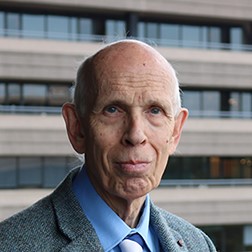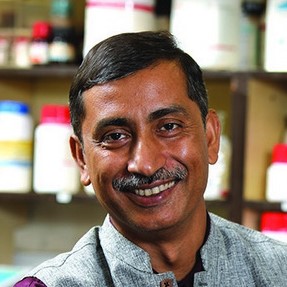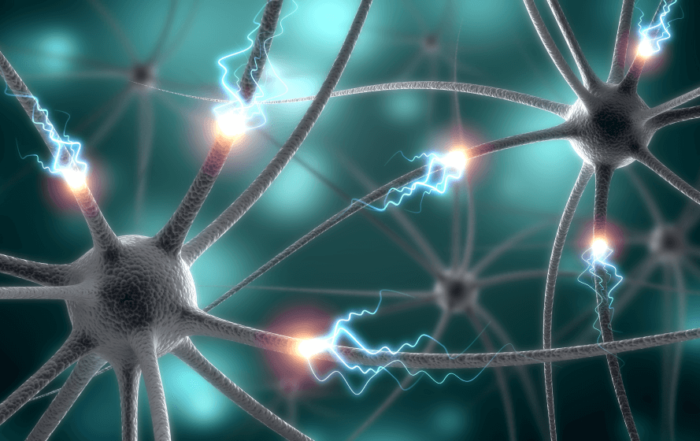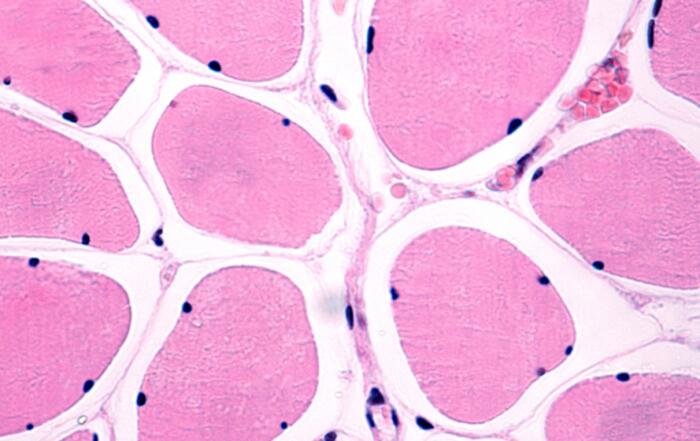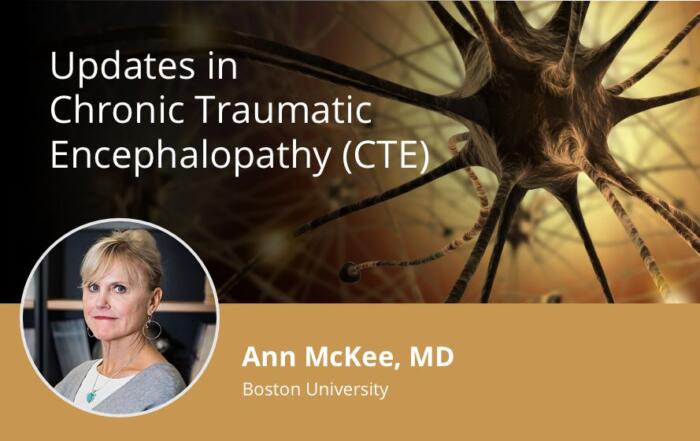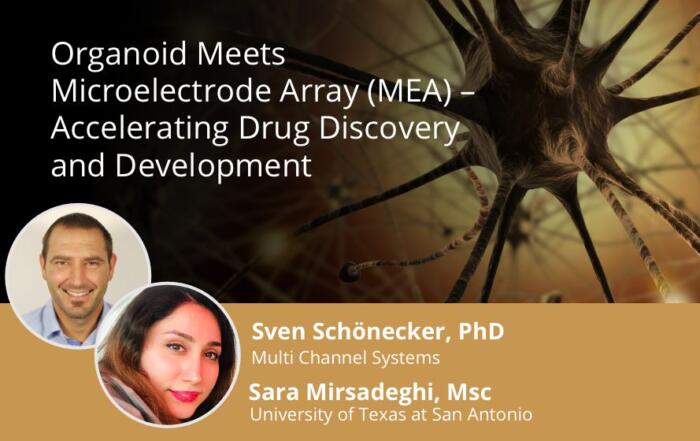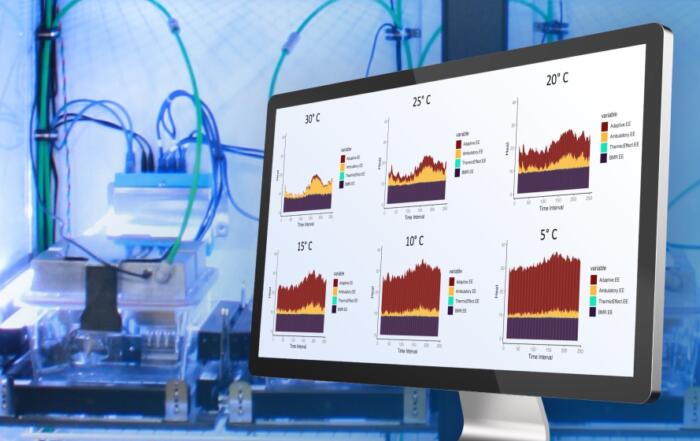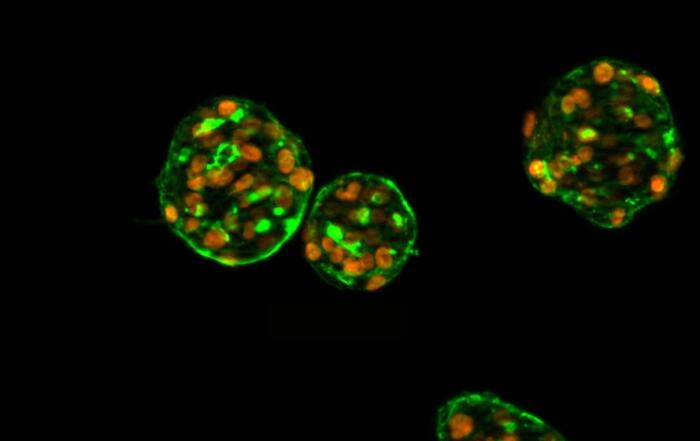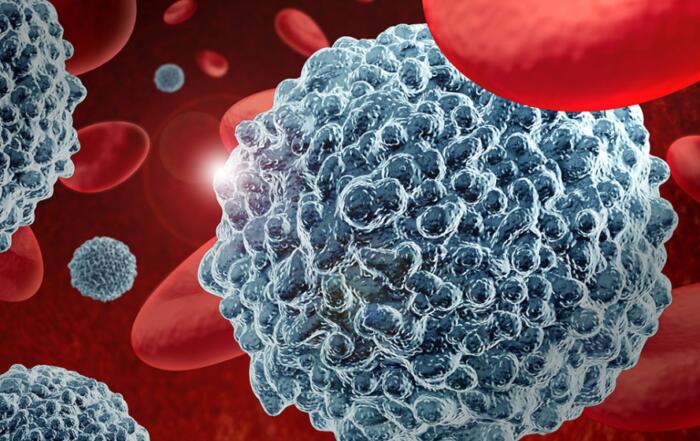Join Ole Petersen, Roop Mallik and Erwin Neher as they share the latest research looking at endocytosis and calcium signaling in the context of SARS-CoV-2, organelle transport and calcium imaging.
In this webinar sponsored by Function, the American Physiological Society’s new broad-spectrum open-access journal, experts will discuss how the COVID-19 virus uses receptor-mediated endocytosis to gain entry into host cells, how motor proteins guide endosomes and phagosomes from the cell surface to lysosomes, and how intracellular calcium buffering can be used to modulate cell signaling and calcium imaging.
Endocytic Uptake of SARS-CoV-2: The Critical Roles of pH, Ca2+ and NAADP
Ole Petersen, CBE, FRS
Very recent work shows that SARS-CoV-2 enters our cells through receptor-mediated endocytosis, dependent on an endosomal bafilomycin-sensitive proton pump as well as two-pore channels (TPCs). Physiological intracellular Ca2+ signals, mediated by the messenger nicotinic acid adenine dinucleotide phosphate (NAADP), depend on the very same proton pump and TPCs. Two hitherto completely separate research fields, namely molecular virology and cellular Ca2+ signaling physiology are now coming together, creating exciting new research opportunities.
Trafficking of Endosomes and Phagosomes: Geometry, Force and Cholesterol
Roop Mallik, PhD
Uptake of material from the external world by endocytosis/phagocytosis supplies nutrients to cells, and is also critical for cell signaling. The journey of endosomes/phagosomes begins at the cell periphery and ends at lysosomes near the cell center. I will discuss how the balance of forces generated by antagonistic motor proteins guides this journey, and how lipids are emerging as a master-controller of this balance.
Calcium Buffering
Erwin Neher, FRS
Researchers use calcium-chelators (buffers) to manipulate levels of free intracellular calcium concentration ([Ca2+]i) and to shape Calcium signals. Unlike pH buffers, which are used to strictly control pH levels, calcium buffers inside a living cell may not influence the steady-state level of [Ca2+]i at all, but rather slow-down [Ca2+]i-changes induced either endogenously or by the experimenter. Such properties and their consequences on Ca2+-imaging will be discussed.
Click to watch the webinar recording. To view the presentation full screen simply click the square icon located in the bottom-right corner of the video viewer.
Resources

To retrieve a PDF copy of the presentation, click on the link below the slide player. From this page, click on the “Download” link to retrieve the file.
Presenters
Director of the Cardiff University - Academia Europaea Knowledge Hub
School of Biosciences
Cardiff University
Associate Professor
Tata Institute of Fundamental Research
Director Emeritus – Membrane Biophysics
Max Planck Institute for Biophysical Chemistry

